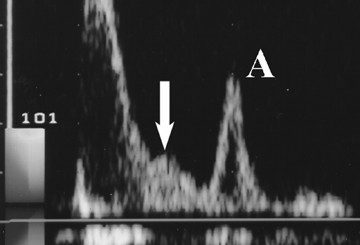Nikolskiy′s phenomenon
Contents
Nikolskiy′s phenomenon
What is the difference between “Nikolskiy phenomenon” and Nikolskiy′s sign?
“Nikolskiy phenomenon”
The term “Nikolskiy phenomenon” is applied when the superficial layer of the epidermis is felt to move over the deeper layer, and instead of immediately forming erosion as in Nikolskiy′s sign, a blister develops after some time.
Nikolskiy phenomenon is seen in vesiculobullous disorders that show a positive Nikolskiy sign, such as pemphigus vulgaris.
Significance of Nikolskiy phenomenon is that it indicates a lower disease activity in patients of pemphigus vulgaris than that of patients who have a positive Nikolskiy sign
Nikolsky’s sign
Nikolsky’s sign is a clinical sign that indicates the skin’s top layers separating from the lower layers when rubbed.
Nikolsky’s sign is pathognomic for pemphigus, toxic epidermal necrolysis, and staphylococcal scalded skin syndrome (SSSS). This sign basically differentiates intraepidermal blisters from subepidermal blisters.





